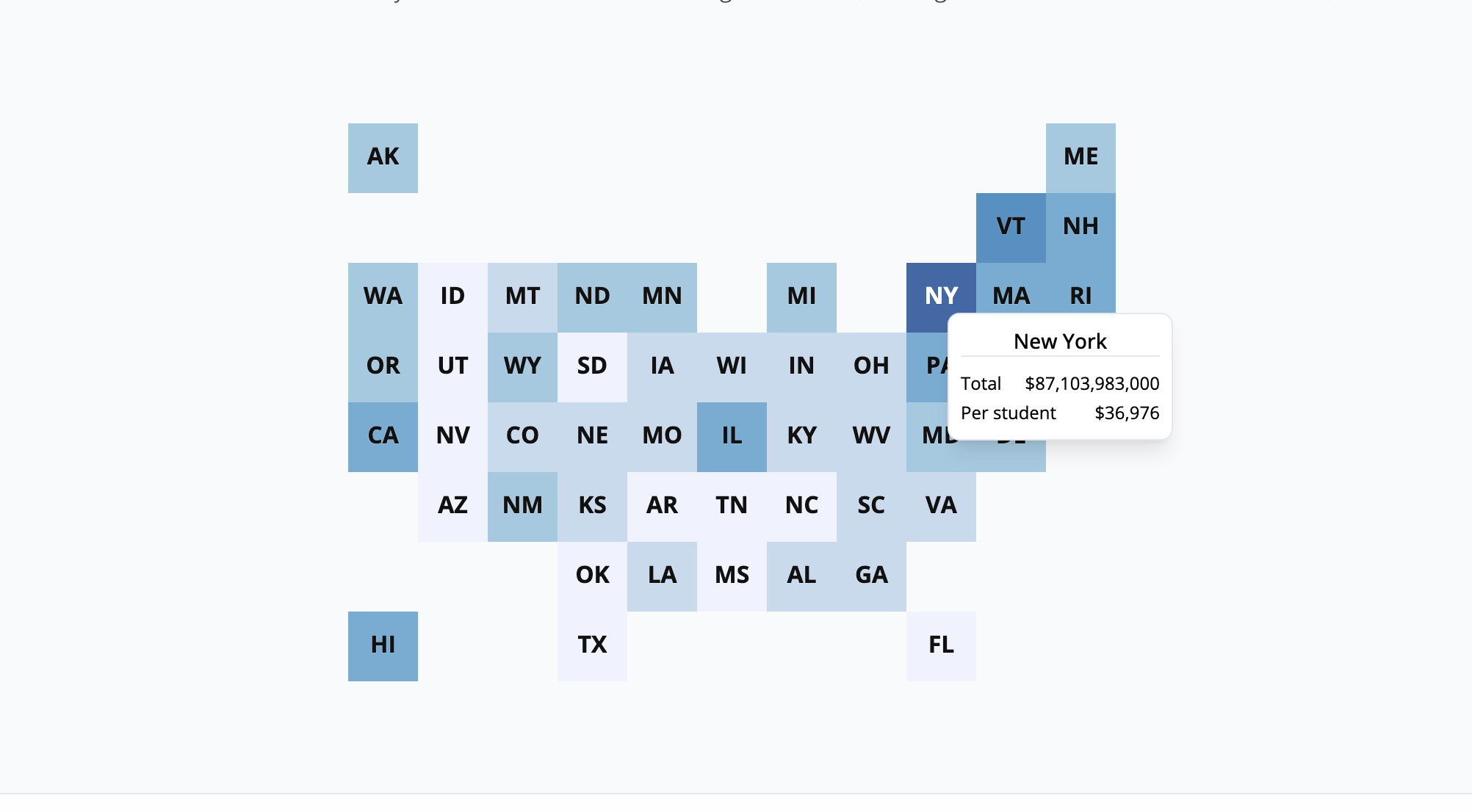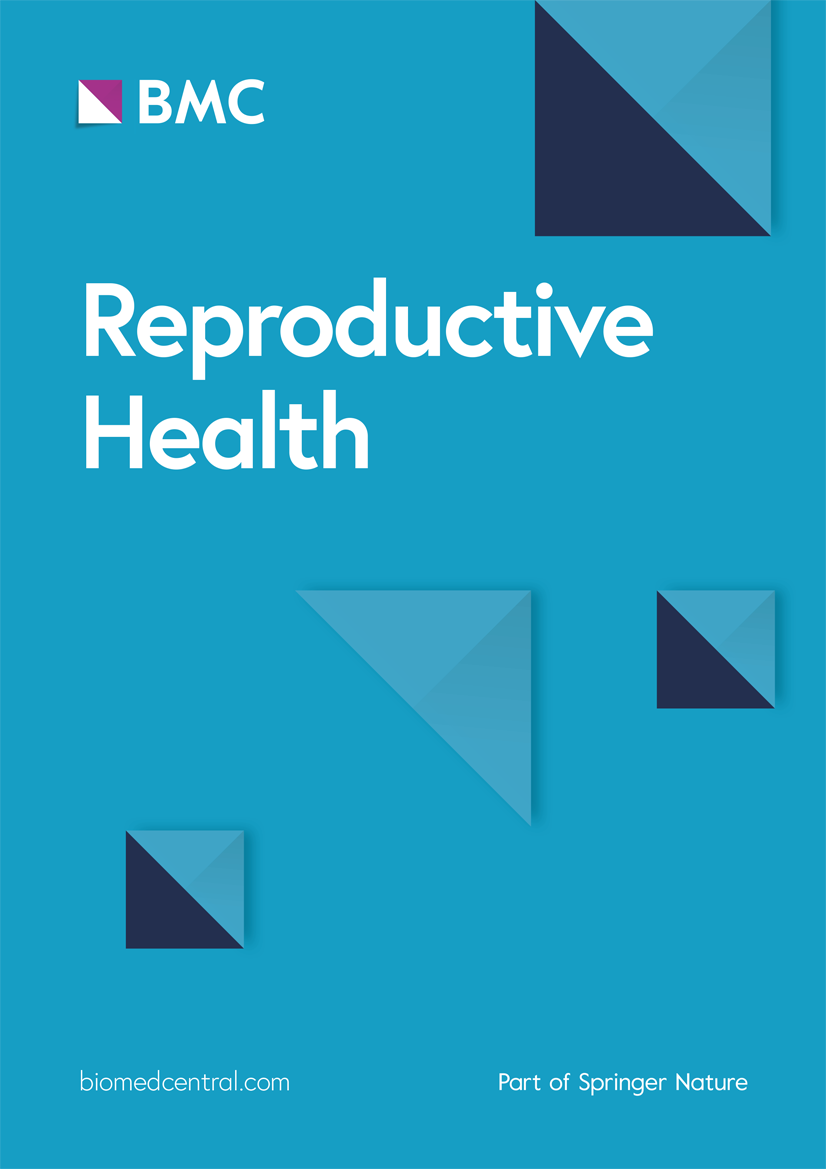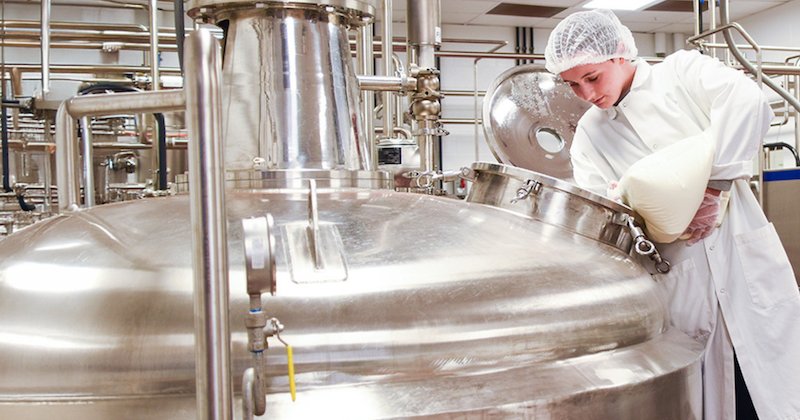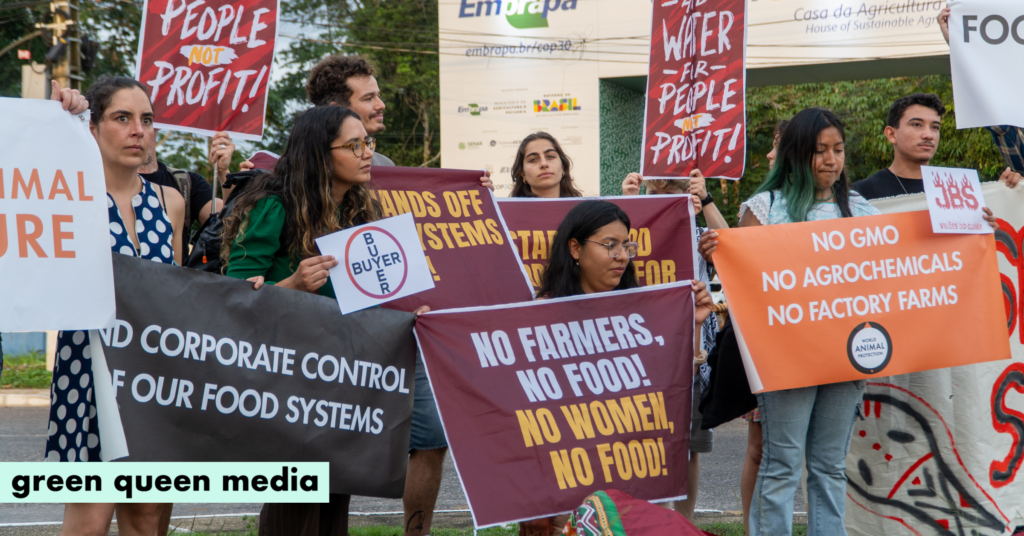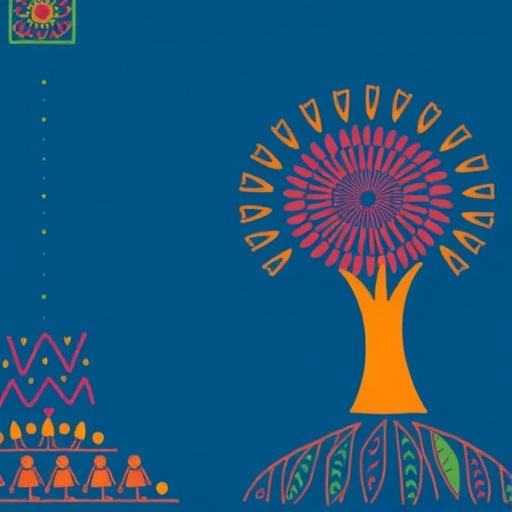Canadian Wheat & Canola – Global Leaders in Low Emissions – Farms.com
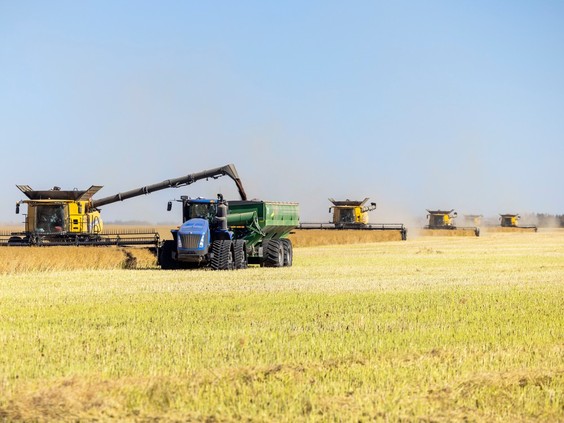
Comparative Analysis of Crop Carbon Footprints and Alignment with Sustainable Development Goals
Executive Summary
A recent analysis of the carbon footprints of rapeseed and wheat from major international producers reveals that Canadian-grown crops have a significantly lower environmental impact. This advantage is primarily attributed to sustainable production practices, particularly effective soil management. These findings have direct and positive implications for achieving several United Nations Sustainable Development Goals (SDGs), including SDG 13 (Climate Action), SDG 12 (Responsible Consumption and Production), and SDG 15 (Life on Land).
Key Findings: A Comparative Emissions Analysis
Canadian Crop Performance
The carbon footprint of Canadian crops was found to be notably lower than that of international competitors. This is a critical factor in advancing SDG 12: Responsible Consumption and Production.
- Canadian Wheat: Emissions were primarily driven by fertilizer inputs (38%) and field-level N2O emissions (37%). Crucially, when changes in soil organic carbon (SOC) were factored in, the crop’s total carbon footprint was reduced by 62%. This highlights a significant contribution to SDG 13: Climate Action through carbon sequestration.
- Canadian Rapeseed: Emissions were comparable to Australian rapeseed when SOC was excluded. However, the net sequestration of carbon in Canadian soils provides a distinct environmental advantage.
International Comparison
The analysis provides a clear differentiation in emissions based on production location, underscoring the global importance of localized agricultural practices for SDG 13: Climate Action.
- Germany and France: Wheat and rapeseed from these nations exhibited the highest emissions, largely due to greater fertilizer use and higher field-level N2O emissions.
- United States: U.S. wheat also showed a notable carbon footprint, with significant contributions from fertilizer, manure, and field-level N2O emissions.
- Australia: In contrast to Canada, Australian soils demonstrated net CO2 emissions from rapeseed cultivation, increasing the crop’s carbon footprint by 10%.
The Critical Role of Soil Management and Transportation
The report underscores that production-level emissions are the most significant factor in the overall carbon footprint, far outweighing emissions from global transportation.
- Soil Organic Carbon (SOC): The inclusion of SOC changes is vital for a complete environmental assessment. Canadian agricultural practices that promote carbon sequestration in soil are a key driver of its sustainability performance, directly supporting SDG 15: Life on Land by improving soil health and mitigating climate change.
- Transportation Emissions: Even when shipped globally, Canadian crops maintained a lower total carbon footprint compared to those from Australia, France, and Germany. This demonstrates that efficient and sustainable production is more impactful than geographic proximity in the context of SDG 12: Responsible Consumption and Production.
Conclusion: Advancing Global Sustainability Through Agriculture
The findings confirm that Canadian rapeseed and wheat possess a competitive sustainability advantage due to lower carbon emissions from production. The effective soil management practices in Canada, leading to carbon sequestration, are a powerful tool for climate change mitigation. This aligns Canadian agriculture directly with the objectives of key Sustainable Development Goals, positioning its crop exports as a responsible choice for global markets committed to sustainability.
Reference
Bamber, N., Turner, I., & Pelletier, N. (2025). Rapeseed, wheat and peas grown in Canada have considerably lower carbon footprints than those from major international competitors. Nature Food. Retrieved from https://www.nature.com/articles/s43016-025-01212-0
1. Which SDGs are addressed or connected to the issues highlighted in the article?
The article’s focus on agricultural emissions, soil health, and the carbon footprint of food production connects to several Sustainable Development Goals. The primary SDGs addressed are:
- SDG 2: Zero Hunger: This goal is relevant because the article discusses the sustainability of producing staple food crops like wheat and rapeseed.
- SDG 12: Responsible Consumption and Production: The core of the article is a comparison of production efficiency in terms of environmental impact (carbon footprint), which directly relates to sustainable production patterns.
- SDG 13: Climate Action: The article is fundamentally about climate change mitigation, as it quantifies and compares greenhouse gas emissions (CO2 and N2O) from agricultural practices across different countries.
2. What specific targets under those SDGs can be identified based on the article’s content?
Based on the issues discussed, the following specific targets are identifiable:
SDG 2: Zero Hunger
- Target 2.4: “By 2030, ensure sustainable food production systems and implement resilient agricultural practices that… progressively improve land and soil quality.” The article directly addresses this by analyzing how soil management impacts the overall carbon footprint. For instance, it notes that “when SOC [Soil Organic Carbon] change was included, Canadian wheat’s carbon footprint was reduced by 62%, showcasing the environmental benefits of soil management.” This highlights practices that improve soil quality and contribute to sustainable food production.
SDG 12: Responsible Consumption and Production
- Target 12.2: “By 2030, achieve the sustainable management and efficient use of natural resources.” The article compares the efficiency of crop production by measuring emission outputs. It points out that high emissions in Germany, France, and the U.S. are “largely due to higher field-level N2O emissions and fertilizer use,” indicating less efficient use of resources (like fertilizers) compared to Canada.
SDG 13: Climate Action
- Target 13.2: “Integrate climate change measures into national policies, strategies and planning.” The article provides data-driven analysis on the “carbon footprints” of crops, which is essential for developing strategies to mitigate climate change within the agricultural sector. The comparison of emissions from production and transportation—”The differences in production emissions far outweighed the transport emissions”—provides critical information for planning climate-friendly agricultural and trade policies.
3. Are there any indicators mentioned or implied in the article that can be used to measure progress towards the identified targets?
Yes, the article mentions several specific and quantifiable indicators that can be used to measure progress:
Indicators for SDG 2 and SDG 12
- Soil Organic Carbon (SOC) change: This is a direct indicator of soil health and sustainable land management. The article uses it as a key metric, stating that “Australian soils showed net CO2 emissions, increasing the carbon footprint,” whereas proper management in Canada led to a significant reduction in the carbon footprint.
- Fertilizer Use/Inputs: The article identifies “fertilizer inputs (38%)” as a primary contributor to emissions for Canadian wheat and notes high emissions in other countries are due to “fertilizer use.” The volume of fertilizer used per unit of crop yield is a key indicator of production efficiency and environmental impact.
Indicators for SDG 13
- Carbon Footprint: This is the central indicator used throughout the article to compare the overall climate impact of crops from different regions. It is explicitly mentioned that “Canadian crops still showed lower carbon footprints.”
- Greenhouse Gas Emissions (CO2 and N2O): The article specifies different types of emissions. It measures “net CO2 emissions” from soil and “field-level N2O emissions” resulting from fertilizer application. These are direct indicators for tracking greenhouse gas reductions from agriculture.
- Transportation Emissions: This is mentioned as a component of the total carbon footprint, allowing for a holistic assessment of the supply chain’s climate impact. The article concludes that for the crops studied, “production emissions far outweighed the transport emissions.”
4. Table of SDGs, Targets, and Indicators
| SDGs | Targets | Indicators |
|---|---|---|
| SDG 2: Zero Hunger | 2.4: Ensure sustainable food production systems and implement resilient agricultural practices that improve land and soil quality. |
|
| SDG 12: Responsible Consumption and Production | 12.2: Achieve the sustainable management and efficient use of natural resources. |
|
| SDG 13: Climate Action | 13.2: Integrate climate change measures into national policies, strategies and planning. |
|
Source: m.farms.com

What is Your Reaction?
 Like
0
Like
0
 Dislike
0
Dislike
0
 Love
0
Love
0
 Funny
0
Funny
0
 Angry
0
Angry
0
 Sad
0
Sad
0
 Wow
0
Wow
0





